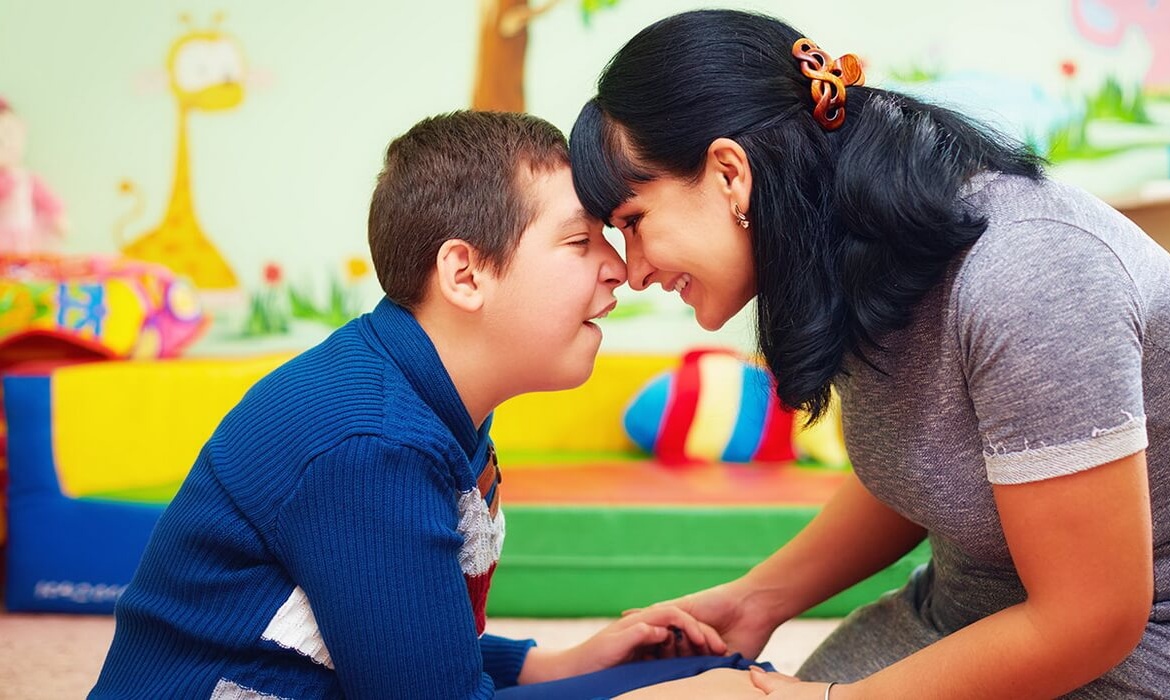What do I do?…
Dealing with emotions challenging behaviour:
- Respond to the expressed emotion. Help the child to feel seen, express empathy for and validate their experience and position. After the child feels heard, you can get to the root of the outburst, and work on solving the problem that triggered the challenging behaviour.
- Address the way that the child expressed their frustration, their need for help.
Two approaches that work together:
- In the moment, tell the child what you think about their choice. “I don’t like hearing words like ____. Next time, you could say _______. Instead.” Don’t force them to repeat it, and stay away from forced apologies. Expressing your values and expectations are great teaching tools and are effective.
- As you observe the child in the classroom going forward, look for any glimpses of the behaviour you asked them to use instead. If you see anything like it, even a small thing, acknowledge their effort and choice. Let them know that you see ‘the real them’ when you see them succeeding.
Significant adults act like mirrors to children. Children look to their adults to see who they are. It is important to pay attention to what person you are reflecting to the child.
There are two basic messages we all get on a regular basis:
- You are a good person who screws up some of the time.
- You are a screw up who does good some of the time.
Freeing children from roles and labels is not an easy job, or a job that is done quickly. Giving them opportunities to see themselves in a new way takes time, patience and care (for them and for us).
Created by Lisa Van Den Hoven and Angela Taylor



